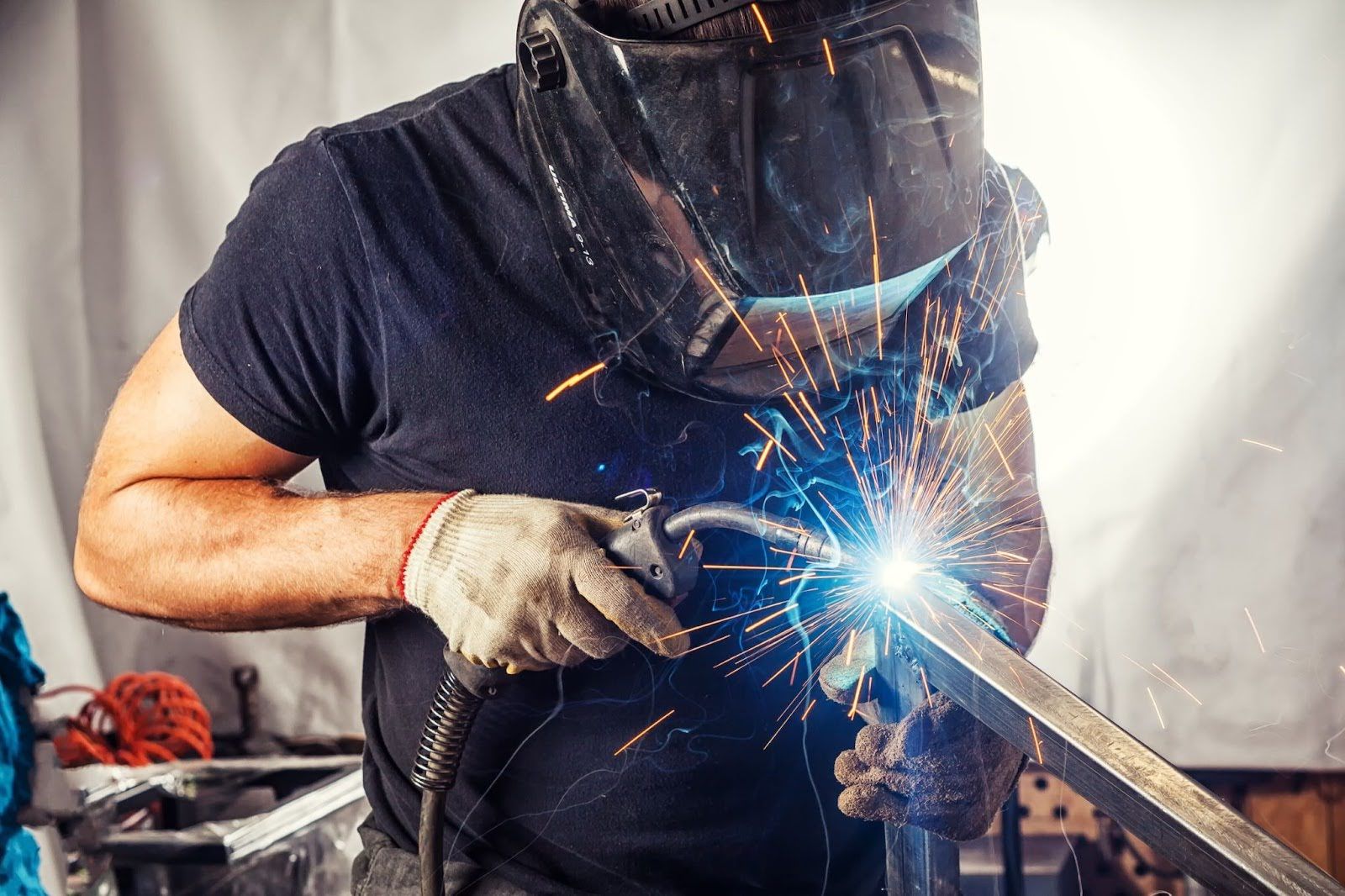Your Total Manual to Preventing Weld Undercut Like a Pro
Your Total Manual to Preventing Weld Undercut Like a Pro
Blog Article
Vital Tips for Welders: Protecting Against Undercut Welding and Ensuring Stronger Weld Joints
In the realm of welding, accomplishing strong and durable weld joints is the foundation of producing top notch job. One common challenge that welders frequently encounter is undercut welding, which can endanger the honesty of the weld joint.
Recognizing Undercut Welding
Undercut welding is an usual welding issue that occurs when the weld metal stops working to effectively fill up the groove and leads to a groove-like anxiety along the weld bead. This problem weakens the weld joint, making it vulnerable to breaking and failure under anxiety. Damaging can be triggered by numerous aspects, including extreme welding existing, high welding rate, incorrect electrode angle, wrong electrode size, and bad welding technique.
One of the major reasons for undercut welding is a discrepancy in between the welding current and the welding speed. If the welding current is too expensive or the welding rate is as well quickly, the weld steel may not appropriately fill the groove, resulting in damaging. In addition, using an electrode that is as well big can cause a comparable outcome, as the excess metal can not appropriately move right into the groove.
To prevent undercut welding, welders ought to guarantee they are making use of the proper welding parameters, preserve an appropriate electrode angle, select the ideal electrode dimension, and technique correct welding techniques. By attending to these variables, welders can decrease the threat of damaging and develop more powerful, extra dependable weld joints.
Correct Welding Method
Reliable welding method plays an essential role in making certain the top quality and stability of weld joints. One fundamental aspect of proper welding strategy is preserving the correct angle and range between the welding gun and the work surface.
Additionally, a regular and consistent hand motion is essential for developing strong and resilient weld joints. Welders ought to intend for smooth, uniform activities to make sure even distribution of the weld material. Correct manipulation of the welding weapon and filler material is also vital to achieving optimum penetration and fusion.
Furthermore, managing the heat input and selecting the appropriate welding specifications based on the material being welded are vital variables in achieving high-grade welds - Preventing weld undercut. Welders ought to adhere to the suggested setups given by welding treatment specs and readjust them as required based upon the specific needs of the project. By grasping correct welding techniques, welders can dramatically enhance the strength and dependability of their weld joints
Picking the Right Electrode
Maintaining the proper angle and distance between the welding weapon and the work surface is basic when considering the value of selecting the best electrode in welding applications. The choice of electrode plays a vital duty in determining the quality and stamina of the weld joint. Electrodes are available in numerous kinds, each created for details objectives and products.
To start with, picking the ideal electrode size is essential. Thinner electrodes appropriate for welding thin products, while thicker electrodes are much better for thicker products and greater warmth applications. Matching the electrode size to the density of the work surface assists accomplish a balanced weld.
Second of all, recognizing the product make-up of the electrode is essential. Various electrodes are created for welding certain products like steel, stainless steel, aluminum, or cast iron. Utilizing the proper electrode product makes sure excellent combination and decreases the danger of flaws in the weld.
Finally, thinking about the welding position and technique is crucial when choosing the electrode type. For instance, certain electrodes are much better matched for overhanging or upright welding positions, while others function well for level or horizontal positions. Selecting the appropriate electrode based upon the visit their website welding technique boosts the general weld quality and honesty.
Preparing the Base Metal
To guarantee a successful welding procedure, what first steps should be taken when preparing the base steel for welding? In addition, any existing weld material or deposit from previous welding should be gotten rid of to guarantee a tidy surface area for the new weld.

Carrying Out Post-Weld Evaluations

After conducting these analyses, welders should compare the results against market requirements and job needs to make sure that the weld joint satisfies all necessary standards. Any insufficiencies or variances uncovered throughout the post-weld evaluation ought to be immediately dealt with via suitable rehabilitative steps to guarantee the weld's integrity. By faithfully executing post-weld inspections and without delay attending to any issues, welders can support the top quality and reliability of their job, ultimately adding to the security and longevity of the welded frameworks.
Conclusion

To conclude, avoiding undercut welding and making certain more powerful weld joints call for a combination of proper welding technique, picking helpful hints the right electrode, preparing the base steel correctly, and performing post-weld assessments. By understanding the causes of undercut welding and applying the necessary safety measures, welders can create premium weld joints that fulfill industry standards and make sure the architectural integrity of the bonded components.
Undercut welding is an usual welding issue that takes place when the weld steel fails to appropriately fill up the groove and results in a groove-like anxiety along the weld bead (Preventing weld undercut). Undercutting can be caused by various variables, consisting of too much welding current, high welding speed, improper electrode angle, wrong electrode dimension, and poor welding method
One of the primary reasons for undercut welding is an imbalance between the welding present and the welding rate. If the welding current is too high or the welding rate is also quickly, the weld metal may not adequately load the groove, leading to undercutting.Keeping the right angle and distance between the welding gun and the workpiece is essential when thinking about the importance of picking the best electrode in welding applications.
Report this page